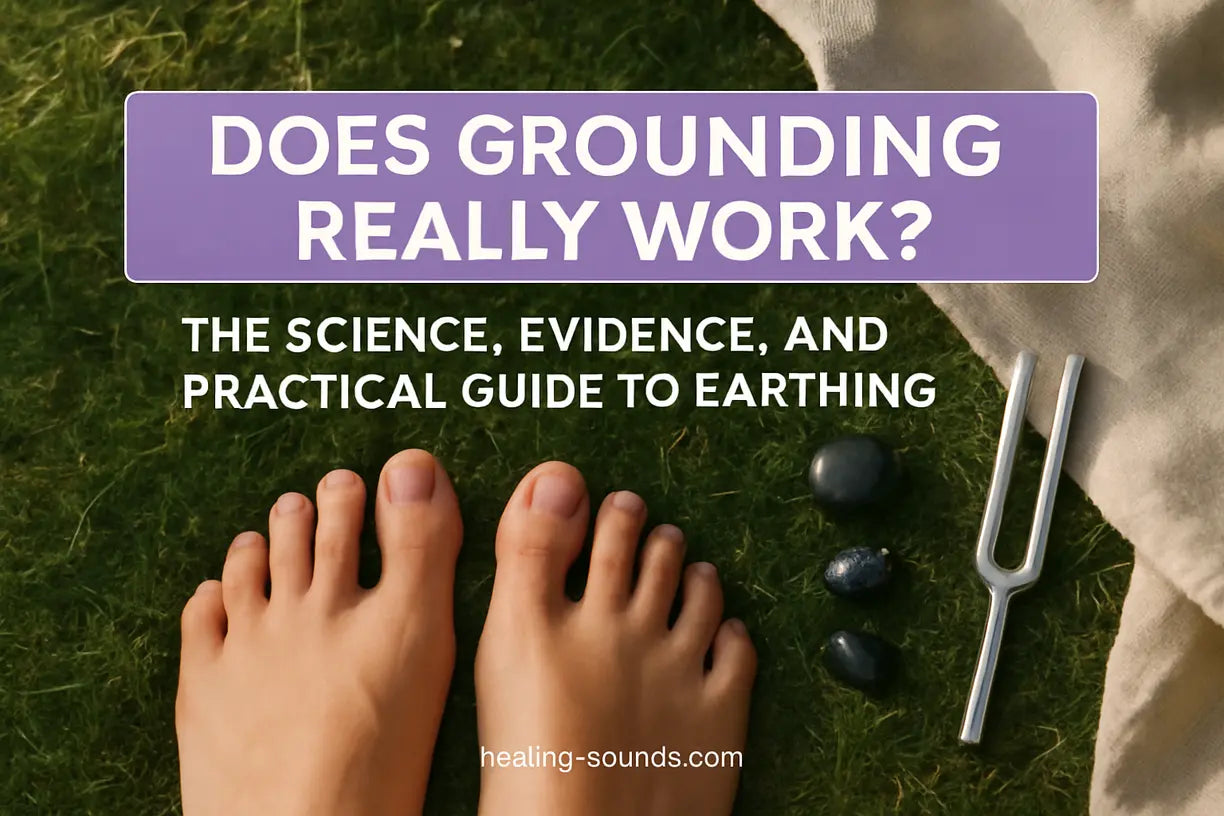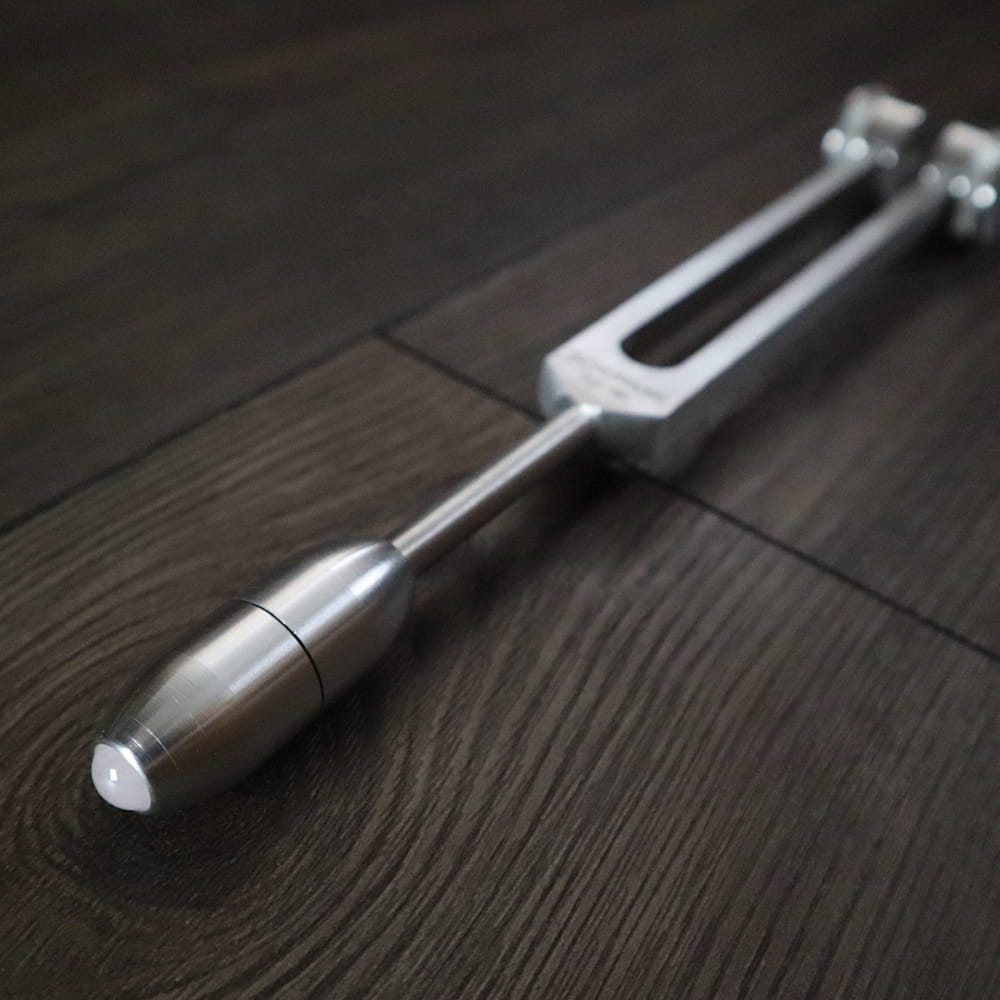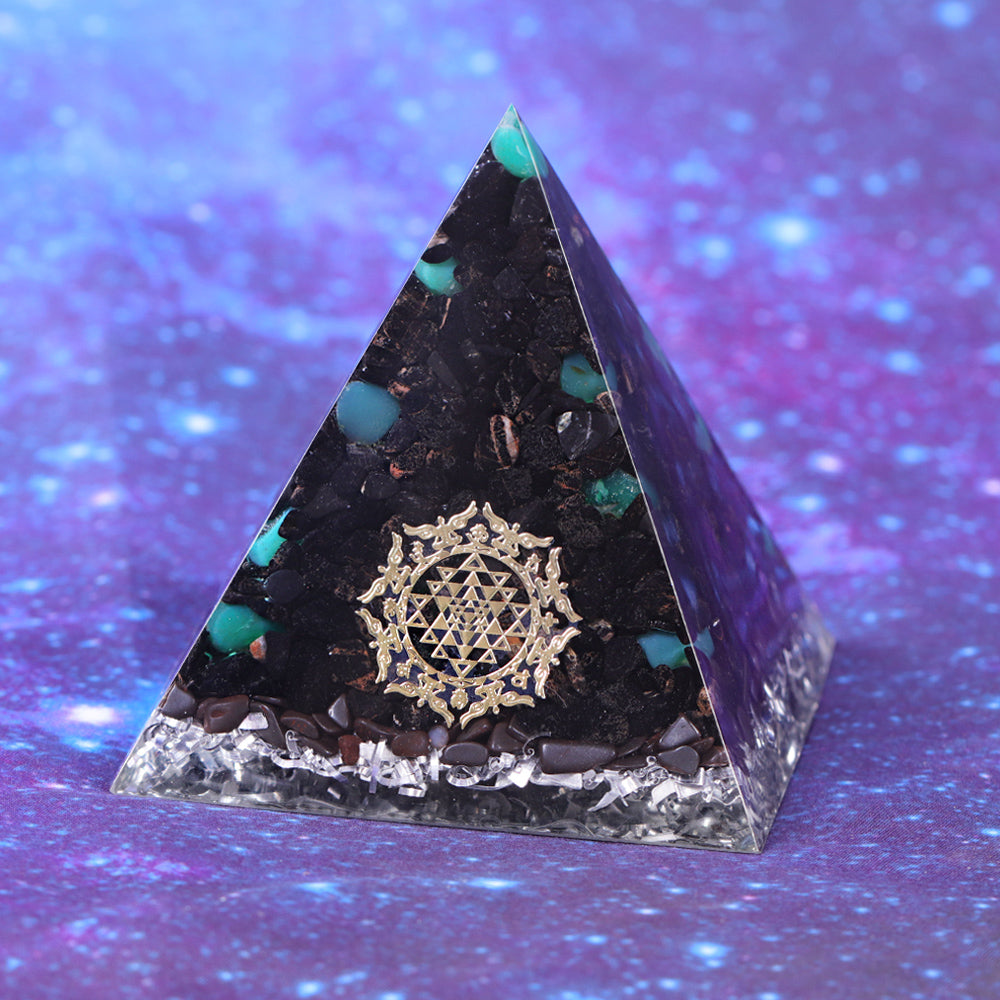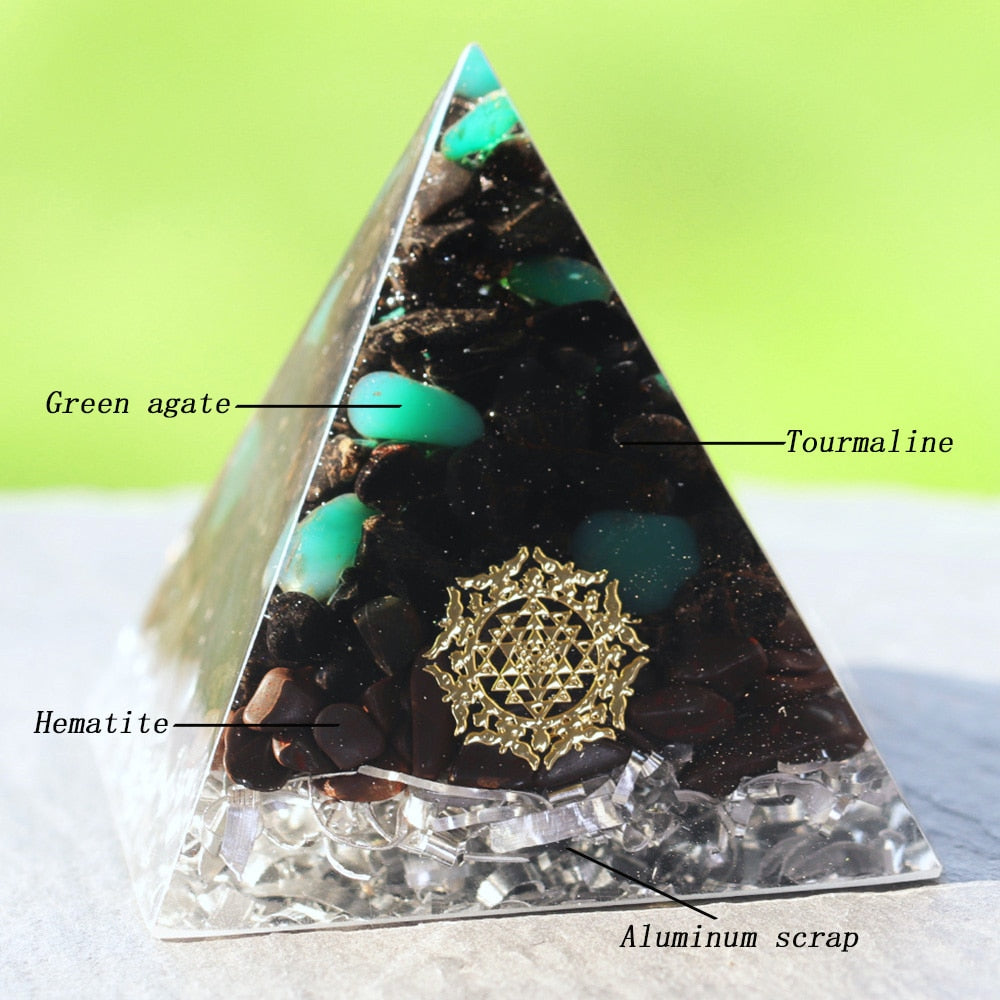Sie haben wahrscheinlich schon von der Begeisterung für „Grounding“ oder „Earthing“ gehört, einer Praxis, die den direkten Hautkontakt mit der Erdoberfläche fördert. Auf der einen Seite gibt es leidenschaftliche Anhänger, die auf die Fähigkeit schwören, Schmerzen zu lindern, den Schlaf zu verbessern und den Geist zu beruhigen. Auf der anderen Seite gibt es Skeptiker, die eine entscheidende Frage stellen: Funktioniert Grounding wirklich? Es ist ein Wellness-Trend, der an der faszinierenden Schnittstelle zwischen altüberliefertem Wissen und moderner Wissenschaft angesiedelt ist und viele fragen lässt, ob es sich dabei um eine echte Heilmethode oder einfach nur um ein Placebo handelt.
In diesem Leitfaden gehen wir auf die Wissenschaft des Erdens ein, trennen Fakten von Fiktion und untersuchen, ob diese einfache Praxis der Schlüssel zu mehr Wohlbefinden ist. Wir untersuchen die Forschungsergebnisse, gehen auf die Kontroversen ein und geben Ihnen die Informationen, die Sie brauchen, um selbst zu entscheiden, ob Erdung mehr als nur eine vorübergehende Modeerscheinung ist. Machen Sie sich bereit, die Beweise hinter diesem erdigen Phänomen zu erforschen.
Was ist Erdung? Eine einfache Erklärung
Im Kern ist Erdung der einfache Akt, den Körper direkt mit der Erde zu verbinden. Denken Sie an barfuß auf Gras, Sand oder Erde zu laufen. Diese Praxis basiert auf der Idee, dass die Erde eine subtile, natürliche elektrische Ladung besitzt. Befürworter glauben, dass unser Körper durch direkten Kontakt freie Elektronen von der Erdoberfläche aufnehmen kann. Diese Verbindung soll dazu beitragen, unser inneres bioelektrisches Milieu zu stabilisieren, ähnlich wie die Erdung eines Elektrogeräts Ladungsaufbau verhindert und für Sicherheit sorgt.
Die zentrale Theorie besagt, dass wir in unserem modernen Leben, das durch Schuhe mit Gummisohlen und das Wohnen in Hochhäusern isoliert ist, von dieser natürlichen Energiequelle abgeschnitten sind. Durch Erdung soll diese ursprüngliche Verbindung wiederhergestellt werden , was möglicherweise eine Reihe physiologischer Vorteile bietet, indem es das natürliche elektrische Gleichgewicht unseres Körpers wiederherstellt.

Die Wissenschaft hinter der Erdung: Was sagt die Forschung?
Ist Erdung also aus wissenschaftlicher Sicht real? Obwohl es sich noch um ein junges Forschungsgebiet handelt, deuten immer mehr Forschungsergebnisse darauf hin, dass es mehr als nur Wohlbefinden bedeutet. Der Schwerpunkt dieser Studien lag auf den freien Elektronen der Erde und ihrer Rolle als starke Antioxidantien. Die Theorie besagt, dass diese Elektronen dazu beitragen können, positiv geladene freie Radikale zu neutralisieren, die maßgeblich zu Entzündungen und chronischen Krankheiten beitragen.
Eine im Journal of Inflammation Research veröffentlichte Übersichtsarbeit fasste Daten aus mehreren Studien zusammen und stellte fest, dass Erdung einen messbaren Einfluss auf wichtige Gesundheitsmarker zu haben scheint. Zu den am häufigsten genannten Effekten gehören:
- Reduzierte Entzündung: Viele Studien deuten darauf hin, dass Erdung die klassischen Anzeichen einer Entzündung wie Rötung, Hitze, Schwellung und Schmerzen deutlich verringern kann.
- Besserer Schlaf: Untersuchungen haben gezeigt, dass Erdung zur Normalisierung des Cortisol-Rhythmus, des wichtigsten Stresshormons des Körpers, beitragen kann. Ein stabilerer Cortisol-Zyklus führt zu tieferem, erholsamerem Schlaf.
- Schmerzlinderung: Durch die Verringerung von Entzündungen kann Erdung auch dazu beitragen, chronische Schmerzen aufgrund verschiedener Erkrankungen zu lindern.
- Bessere Durchblutung: Einige Studien haben gezeigt, dass Erdung die Blutviskosität verringern kann, was zu einer verbesserten Herz-Kreislauf-Gesundheit führen kann.
Obwohl diese Ergebnisse vielversprechend sind, muss man bedenken, dass viele Studien nur einen kleinen Umfang hatten. Sie liefern jedoch eine überzeugende Grundlage für das Verständnis, wie diese einfache Verbindung zur Erde tiefgreifende gesundheitliche Auswirkungen haben könnte. Das folgende Video untersucht den Zusammenhang zwischen Erdung und Entzündungen genauer.
[Sammlungs-Schieberegler]
Mögliche Vorteile der Hausarrestierung: Fakten von Fiktion trennen
Wissenschaftliche Untersuchungen und zahlreiche Erfahrungsberichte belegen, dass Erdung mehrere wichtige Vorteile mit sich bringt. Sie fördert die Rückkehr zur Natur und fördert körperliche und geistige Harmonie. Durch den direkten Kontakt mit der Erde kann sich Ihr allgemeines Wohlbefinden deutlich verbessern. Viele Menschen suchen in der Erdung nach einem natürlichen und einfachen Weg, mit Alltagsstress umzugehen und die Heilungsprozesse ihres Körpers zu unterstützen.

Zu den berichteten Vorteilen einer regelmäßigen Erdung gehören:
- Stress- und Angstabbau: Erdung kann eine beruhigende Wirkung auf das Nervensystem haben und dabei helfen, den Körper von einem „Kampf- oder Fluchtzustand“ in einen „Ruhe- und Verdauungszustand“ zu versetzen.
- Verbesserte Stimmung: Durch die Stabilisierung des Cortisolspiegels und die Stressreduzierung berichten viele Menschen, dass sie sich nach einer Erdungssitzung ausgeglichener und positiver fühlen.
- Beschleunigte Genesung: Sportler und Personen, die sich von einer Verletzung erholen, berichten von einer schnelleren Heilung und weniger Muskelkater, was wahrscheinlich auf die entzündungshemmende Wirkung zurückzuführen ist.
- Mehr Energie: Obwohl es kein Stimulans ist, können der verbesserte Schlaf und der reduzierte physiologische Stress durch die Erdung dazu führen, dass Sie sich tagsüber lebendiger und energiegeladener fühlen.
Ist die Hausarrestierung ein Scherz? Die Skepsis
Bei jedem Wellness-Trend, der an Popularität gewinnt, stellt sich natürlich die Frage: „Ist Erdung ein Schwindel?“ Die Skepsis ist verständlich. Das Konzept, Elektronen aus der Erde zu absorbieren, mag abstrakt klingen, und die Vorteile scheinen zu gut, um wahr zu sein. Kritiker weisen oft darauf hin, dass viele Studien zur Erdung klein sind oder von Unternehmen finanziert werden, die Erdungsprodukte verkaufen, was Bedenken hinsichtlich einer Voreingenommenheit aufkommen lässt.
Auch der Placeboeffekt ist nicht auszuschließen. Sich Zeit für sich selbst zu nehmen, Zeit in der Natur zu verbringen und an die Wirksamkeit einer Praxis zu glauben, kann allein schon starke Auswirkungen haben. Erdung gänzlich zu verwerfen, wäre jedoch möglicherweise verfrüht. Die übereinstimmenden Ergebnisse mehrerer Studien zu Entzündungen, Cortisol und Schlaf deuten darauf hin, dass ein echter physiologischer Mechanismus im Spiel ist. Die Wahrheit liegt wahrscheinlich irgendwo dazwischen: Erdung ist eine vielversprechende Praxis mit zunehmender wissenschaftlicher Unterstützung, die durch den Placeboeffekt verstärkt werden könnte, aber kein Allheilmittel. Für viele ist das direkte Gefühl, sich besser zu fühlen, Beweis genug.
So üben Sie Erdung (ohne überfordert zu werden)
Das Schöne an der Erdung ist ihre Einfachheit. Sie benötigen weder teure Geräte noch komplizierte Routinen, um damit zu beginnen. Die effektivste Methode ist zugleich die natürlichste: direkter Haut-Erde-Kontakt. Mindestens 20 bis 30 Minuten täglich können einen Unterschied machen. Hier sind einige einfache Tipps für den Einstieg:
- Gehen Sie barfuß auf Gras, Sand oder unbemaltem Beton.
- Setzen oder legen Sie sich auf den Boden und lassen Sie so viel Haut wie möglich die Erde berühren.
- Gärtnern Sie mit bloßen Händen.
- Tauchen Sie in ein natürliches Gewässer wie einen See oder das Meer ein.
Wer in der Stadt lebt oder nicht so leicht nach draußen kann, kann Erdungshilfen wie Matten, Laken und Pflaster verwenden, um den Effekt in Innenräumen zu simulieren. Diese Produkte werden an den Erdungsanschluss einer Steckdose angeschlossen und leiten die Erdenergie zu Ihnen. Sie können auch spezielle Hilfsmittel wie Stimmgabeln oder Kristalle verwenden, um das energetische Erlebnis Ihrer Praxis zu verstärken.

Verbessern Sie Ihre Erdungsrituale
Während der direkte Kontakt mit der Erde grundlegend ist, können bestimmte Hilfsmittel Ihre Erdungspraxis vertiefen, insbesondere wenn Sie nicht im Freien sein können. Diese Instrumente arbeiten mit spezifischen Frequenzen und Energien, die mit dem natürlichen Feld der Erde in Resonanz stehen und Ihnen helfen, effektiver Gleichgewicht und Stabilität zu erreichen.
Schumann 93,96 Hz Stimmgabel aus Metall mit Edelsteingriffen
$79.90 $129.90
Verstärken Sie Ihre Erdungsrituale mit einer Schumann-Resonanz-Stimmgabel für optimale Balance und Klarheit.
Produkt entdeckenUnterstützen Sie Ihre Energie mit diesen Erdungswerkzeugen
$59.99
$79.99
Fördern Sie die Erdungsenergie und schützen Sie Ihren Raum vor Negativität mit dieser kraftvollen Orgonpyramide aus schwarzem Turmalin und Hämatit. Mehr erfahren ➔
$39.99
$49.99
Erden Sie sich täglich mit einem Armbandset aus Hämatit und Achat, das für energetische Stabilität, Ruhe und Schutz sorgt. Mehr erfahren ➔
Gibt es negative Nebenwirkungen der Erdung?
Für die meisten Menschen ist Erdung eine äußerst sichere und wohltuende Praxis. Der direkte Kontakt mit der Erde ist ein natürlicher menschlicher Zustand. Es gibt jedoch einige Dinge zu beachten. Manche Menschen berichten von einem anfänglichen Kribbeln, das in der Regel nachlässt. Bei der Verwendung von Erdungsprodukten in Innenräumen ist es wichtig, sicherzustellen, dass Ihre Steckdosen ordnungsgemäß geerdet sind, um eine mögliche Belastung mit schmutzigem Strom zu vermeiden. Verwenden Sie immer einen Steckdosenprüfer, bevor Sie eine Erdungsmatte oder ein Erdungstuch anschließen. Wie bei jeder Wellness-Praxis sollten Sie auf Ihren Körper hören und bei Bedenken einen vertrauenswürdigen Arzt konsultieren, insbesondere bei einer schweren Erkrankung. Weitere Informationen zur allgemeinen Sicherheit bei alternativen Praktiken finden Sie bei Quellen wie dem National Center for Complementary and Integrative Health, das wertvolle Hinweise bietet.
Fazit: Eine Einladung zum Verbinden
Funktioniert Erdung wirklich? Wissenschaftliche und anekdotische Belege deuten darauf hin, dass die Rückverbindung mit der Energie der Erde spürbare, positive Auswirkungen auf unsere Gesundheit haben kann – insbesondere auf Entzündungen, Schlaf und Stress. Auch wenn es kein Wundermittel ist, handelt es sich um ein einfaches, kostenloses und leicht zugängliches Wellness-Tool mit solider physiologischer Basis. Ob Erdung bei Ihnen wirkt, erfahren Sie am besten, indem Sie es ausprobieren. Ziehen Sie Ihre Schuhe aus, suchen Sie sich ein Stück Gras und spüren Sie, wie Sie sich fühlen. Indem Sie diese uralte Praxis mit unterstützenden Hilfsmitteln kombinieren, können Sie ein tieferes Gefühl von Ausgeglichenheit und Wohlbefinden in Ihrem Alltag entwickeln.
Häufig gestellte Fragen zur Erdung
Ja, es gibt immer mehr wissenschaftliche Belege dafür, dass Erdung tatsächlich etwas Wahres ist. Untersuchungen zeigen, dass direkter Kontakt mit der Erdoberfläche Entzündungen reduzieren, den Schlaf durch Normalisierung des Cortisol-Rhythmus verbessern, Schmerzen lindern und die Stimmung verbessern kann. Die Haupttheorie besagt, dass die freien Elektronen der Erde dazu beitragen, schädliche freie Radikale im Körper zu neutralisieren.
Erdung ist im Allgemeinen sehr sicher und hat nur wenige negative Auswirkungen. Manche Menschen verspüren anfangs möglicherweise ein Kribbeln. Das Hauptrisiko besteht bei der Verwendung von Erdungsprodukten in Innenräumen mit nicht ordnungsgemäß verdrahteten Steckdosen, die Sie elektrischen Feldern aussetzen können. Es wird immer empfohlen, Steckdosen vor der Verwendung zu testen. Ansonsten gilt der direkte Kontakt mit der Erde im Freien als sicher.
Obwohl jede Zeitspanne von Vorteil ist, empfehlen die meisten Studien und Praktiker mindestens 20 bis 30 Minuten Erdung pro Tag , um spürbare Effekte zu erzielen. Manche Menschen üben länger und schlafen beispielsweise über Nacht auf Erdungslaken, um den Nutzen zu maximieren.
Ja, sowohl wissenschaftliche Untersuchungen als auch Einzelberichte deuten darauf hin, dass Erdungstechniken funktionieren. Einfache Methoden wie Barfußlaufen auf Gras, Sand oder Erde sind wirksam. Auch Indoor-Techniken mit Erdungsmatten, -tüchern oder -pflastern, die an eine ordnungsgemäß geerdete Steckdose angeschlossen werden, bieten nachweislich ähnliche physiologische Vorteile und machen diese Praxis für jedermann zugänglich.
Earthing ist kein Schwindel, aber auch kein Wundermittel. Es ist eine legitime Praxis, deren Fähigkeit, die natürlichen Heilungsprozesse des Körpers zu unterstützen, zunehmend wissenschaftlich belegt wird. Es wirkt vor allem durch die Reduzierung chronischer Entzündungen, die eine Hauptursache vieler Krankheiten sind. Obwohl es zu deutlichen gesundheitlichen Verbesserungen führen kann, sollte es eher als unterstützende Wellness-Praxis denn als eigenständige Behandlung betrachtet werden.







